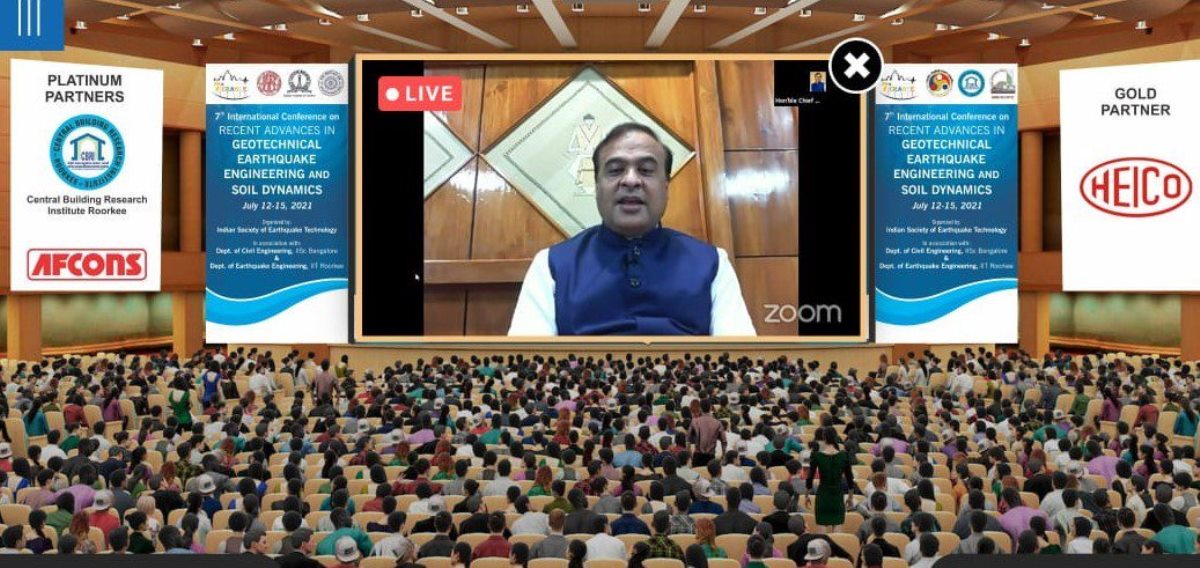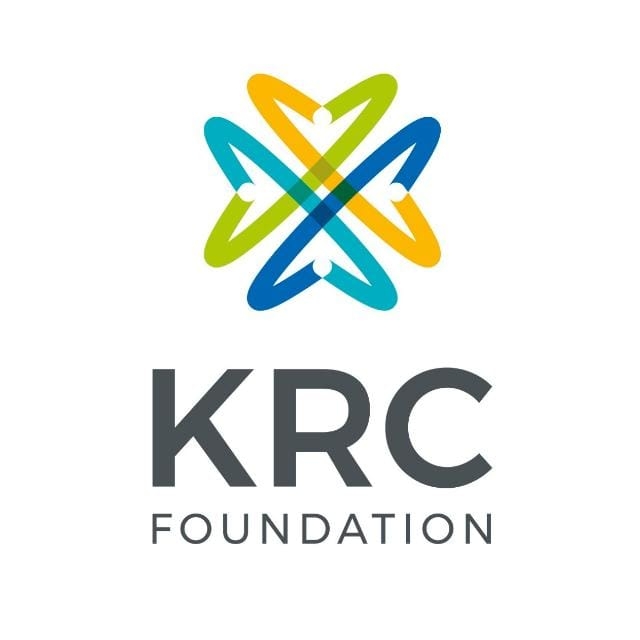PM Narendra Modi, in his Convocation Address last year, had requested IIT Guwahati to establish this Centre to help the North-Eastern States manage natural disasters
 KRC TIMES Assam Bureau
KRC TIMES Assam Bureau

Chief Minister of Assam Dr. Himanta Biswa Sarma has inaugurated a new ‘Centre for Disaster Management and Research’ (CDMR) at Indian Institute of Technology Guwahati.
The new facility was inaugurated recently in the presence of Prof. RK Bhandari, Former Director, Central Building Research Institute (CBRI), Prof. T.G. Sitharam, Director, IIT Guwahati, IITG Faculty, researchers, and many National and International experts from around the world.
The Hon’ble Prime Minister Shri Narendra Modi, in his address delivered during 2020 Convocation of IIT Guwahati, had requested the institute to establish this Centre for Disaster Management and Risk Reduction that will help the North-Eastern States in effectively managing various natural and industrial disasters.

The new facility was inaugurated during the Seventh edition of the prestigious quadrennial ‘International Conference on Recent Advances in Geotechnical Earthquake Engineering and Soil Dynamics’ (ICRAGEE) conducted between 12th and 15th July 2021.
The conference focussed on mapping geo-hazard risks, creating Disaster Resilient Infrastructure and fostering collaborations among universities and practitioners working on geo-hazards-related issues.
Delivering the inaugural address, Dr. Himanta Biswa Sarma, Chief Minister of Assam, “The Centre for Disaster Management and Research is dedicated to the people of Assam and entire North East. I congratulate Prof TG Sitharam and the founding head of this new Centre Prof. Sudip Mitra for such a quick implementation of PM’s vision and initiating the academic programs with full vigour.”
Congratulating IIT Guwahati and its Director Prof. T.G. Sitharam, Dr. Himanta Biswa Sarma said, “Developing a network of universities to work on disaster issues is one of the important goals of the Hon’ble Prime Minister Shri Narendra Modi’s 10-point agenda on Disaster Risk Reduction.”
Addressing the International Conference ‘ICRAGEE’, Prof. T. G. Sitharam, Director, IIT Guwahati said, “The conference focused towards goals of Government’s agenda on Disaster Risk Reduction. The Government has been pushing for mainstreaming Disaster Risk Reduction in public expenditure, particularly in infrastructure development which has been the top priority ever since the Prime Minister has unveiled his 10-point agenda on Disaster Risk Reduction.”
The initiative is for the development of the North-East India that was long overdue. Many infrastructure projects such as roads, rails, bridges, and airports have been taken up and also completed which connected the states of the North-East to the rest of India like never before. The North-Eastern States being among the most disaster-prone, it is vital to ensure reduction in infrastructure losses from disasters, including extreme climate events.
Further, Prof. Sitharam, Director, IIT Guwahati, also inaugurated an International webinar on ‘Paradigm Shift in Disaster Risk Reduction: Role of Academics, Research, Innovation and Policies,’ jointly organized by the newly inaugurated CDMR, IIT Guwahati and Indo-Japan Lab, Keio University, Japan.
Prof. Sitharam requested the CDMR and Assam State Disaster Management Authority (ASMDA) to collaborate closely for the development of Assam and build networks with various institutions present in North-Eastern Region (NER) to address the issues of disaster risk reduction as this needs a joint effort.
Prof. Sudip Mitra, Head, CDMR, IIT Guwahati, welcomed the dignitaries and participants and highlighted the new Centre’s thrust areas, interdisciplinary faculty strength and the vision of this new Centre. Prof. Rajib Shaw from Keio University, Japan, delivered the thematic address.
Internationally-acclaimed experts from FAO Dhaka, JAC Trust, UK; Institute for Global Environmental Strategies (IGES), Japan; National Institute of Disaster Management (NIDM), New Delhi; Assam State Disaster Management Authority (ASDMA), Guwahati delivered invited lectures in this event. More than 400 participants registered for this webinar.


